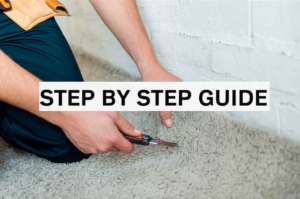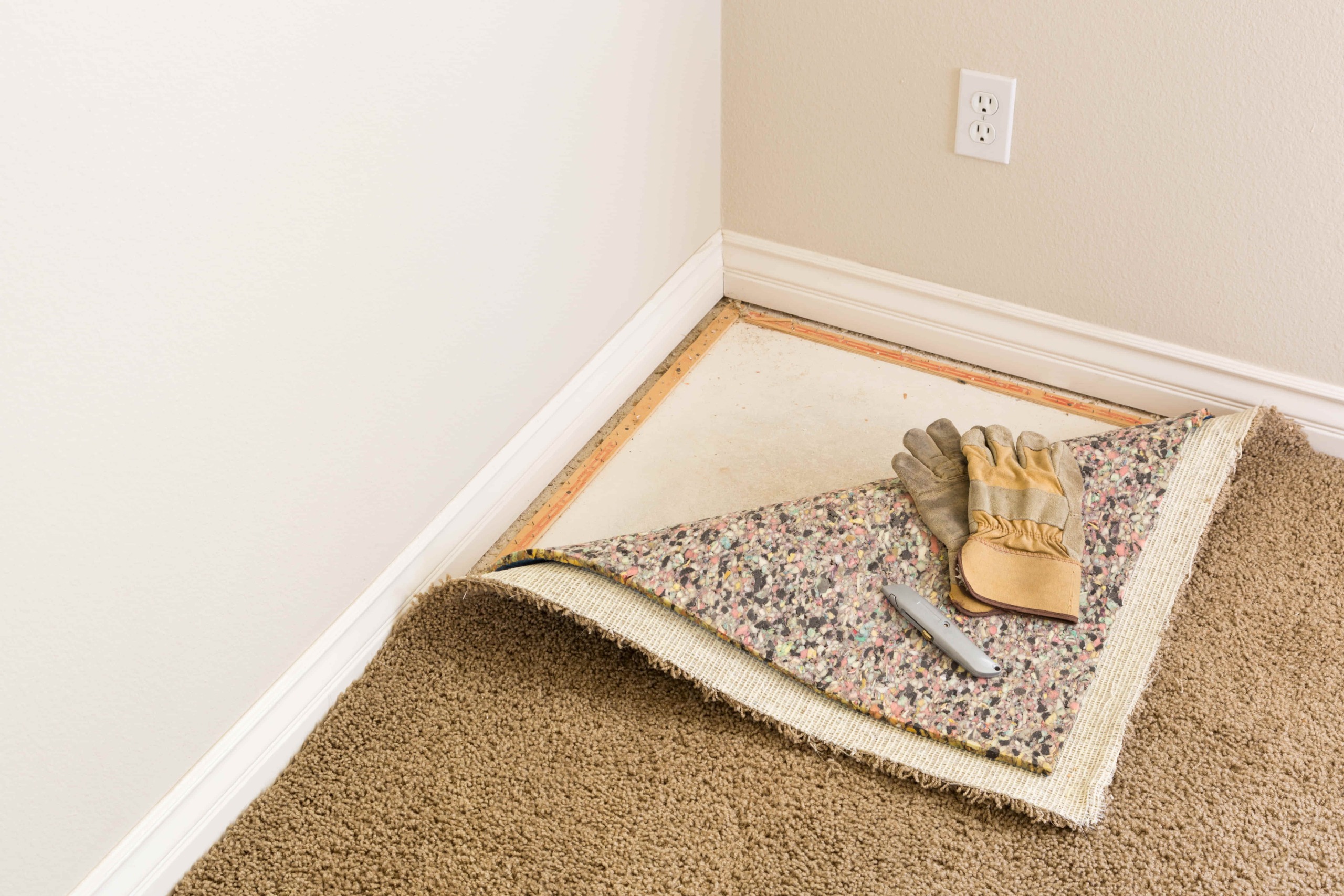Thinking about installing carpet yourself? Good news, it’s totally doable! With the right tools, a bit of patience, and this simple guide, you’ll have a brand-new floor without paying a professional. Whether you’re carpeting a bedroom, basement, or office, we’ll walk you through everything step by step.
Let’s answer your top questions right away:
Can I really install carpet myself?
Yes. Many homeowners install carpet successfully using basic tools and DIY carpet kits.
How much does it cost?
Expect to pay $1–$5 per square foot for materials (carpet + padding), plus tool rentals if needed.
Is it hard?
Not if you follow the steps carefully! The hardest part is stretching and trimming, but we’ll make it simple.
What Tools & Materials You’ll Need
- Tape measure
- Carpet knife or utility knife
- Knee kicker
- Carpet stretcher (power stretcher)
- Carpet seam roller
- Stapler or tack strips
- Carpet tape or glue (optional)
- Carpet padding
- The carpet itself!
Most hardware stores rent carpet tools, so no need to buy everything.
Step-by-Step Guide: How to Install Carpet Like a Pro

1. Prepare the Room
- Remove all furniture
- Pull out old flooring or carpet
- Clean and dry the floor surface
- Check for nails, splinters, or bumps
2. Install Tack Strips (If Needed)
- Place tack strips around the perimeter, leaving a gap (about a finger’s width) between the strip and the wall.
- Do not install tack strips across doorways.
3. Roll Out Carpet Padding
- Lay carpet pad inside the tack strip border.
- Use a staple gun or glue to secure it.
- Tape the seams of padding with duct or carpet tape.
4. Measure & Cut the Carpet
- Roll the carpet out in the room and let it relax for a few hours.
- Cut it to size using a sharp utility knife, leaving a few inches extra at edges.
5. Position the Carpet
- Place the carpet over the padding, aligned with the longest wall.
- Leave excess along edges to trim later.
6. Use a Knee Kicker to Attach Edges
- Starting from one wall, use the knee kicker to stretch the carpet and hook it onto the tack strips.
7. Stretch the Carpet with a Power Stretcher
- This tool ensures your carpet is tight, flat, and ripple-free.
- Work from one side of the room to the other.
8. Trim the Carpet Edges
- Carefully trim the extra carpet along walls using a carpet knife.
- Tuck it neatly between the baseboard and tack strip with a stair tool or putty knife.
9. Seal the Seams
- If your room needs more than one piece of carpet, use seam tape and a seam iron to join them.
- Press down with a seam roller for a flat, invisible finish.
10. Final Touches
- Vacuum the new carpet
- Put furniture back using pads to avoid dents
Enjoy your fresh new floor!
Carpet Installation for Different Rooms
Basements: Choose synthetic carpets with good moisture resistance and install a vapor barrier under the padding.
Bedrooms: Go for plush or frieze carpet for comfort.
Stairs: Cut carpet in sections, use extra tack strips and staples for a secure fit.
Pet Homes: Choose stain-resistant, low-pile carpet and use waterproof padding.
How Much Will It Cost?
| Item | Estimated Cost |
| Carpet (per sq. ft.) | $1 – $5 |
| Padding (per sq. ft.) | $0.50 – $1 |
| Tack strips & tape | $30 – $60 total |
| Tool rental (1 day) | $30 – $70 |
| Total (10×12 room) | ~$200 – $500 |
Troubleshooting & Pro Tips
- Waves in carpet? You need to stretch more using a power stretcher.
- Fraying edges? Use a hot glue gun or edge binder to seal.
- Seam visible? Use a seam roller while hot; it helps flatten and hide the line.
Bubbling over time? Re-stretch or use a re-tack kit.
FAQs
What is the best DIY carpet for beginners?
Peel-and-stick carpet tiles or low-pile, synthetic carpet rolls. They’re forgiving, affordable, and easier to cut and handle.
Can I install carpet alone?
Yes, especially in small rooms. Larger spaces may need a second person for stretching and seam work.
How long does it take to install carpet?
For one room (10×12 ft), expect 4–6 hours. Bigger spaces may take a day or weekend.
Do I need to remove old carpet before installing new?
Yes. It’s best to remove old carpet and padding completely for a clean, even base.
Is a carpet stretcher necessary?
Yes. Without it, the carpet may ripple or pull up later. Knee kickers are helpful, but power stretchers give a better finish.
Can I carpet over tile or wood?
You can, but the surface must be flat and clean. Use a proper underlay, and avoid areas where moisture is trapped.
Final Words
Installing carpet yourself can save hundreds of dollars and give your room a fresh, cozy feel. If you measure carefully, follow the steps above, and don’t rush, you’ll get a clean, pro-quality look, all on your own.
Let us know if you’d like a printable checklist or photo guide, and don’t forget to check out more budget DIY ideas at DIYFlooringIdeas.com.



